W.M. Hunt is a champion of photography – A collector, curator and consultant who lives and works in New York. He is the author of “The Unseen Eye: Photographs from the Unconscious,” published in 2011 by Aperture. He is on the Board of Directors of the Eugene Smith Memorial Fund and The Center for Photography at Woodstock, New York, where he was the recipient of their Vision Award in 2009.
Founding partner of the prominent photography gallery Hasted Hunt (now Hasted Kraeutler) in Chelsea, Manhattan, Hunt has been collecting photography for almost 40 years and has been profiled in The New York Times, PDN, Art on Paper, Modern Painters, The Art Newspaper, PBS’ “EGG, the Arts Show”, as well as BBC’s “The Genius of Photography”. Our good friends at the Photo Center Northwest sat down with Bill and he dropped some serious knowledge – including his Top Ten Tips on how to get in front of a curator, collector or dealer. My buddy Rafeal and the PCNW will be dropping by the blog from time to time to bring a unique perspective on fine art photography.
You have a rich history working with world-renowned photographers, many of whom you represented in your gallery. Many of these artists have walked the commercial and fine art routes simultaneously quite successfully. Can you give some examples of artists who have done this successfully?
I love this question because I love working with photographers who have successful commercial practices. There are a number of reasons. One is happiness. Photographers who have a financially successful career are a pleasure to deal with. They eat lunch regularly. When money is not an issue, we can do the show and make stuff happen. It can be a problem when a photographer is very, very, busy – but there is more of a problem if the collaboration and the dialogue isn’t respected. If I say I don’t like something, I won’t say it lightly so we should listen to each other. Absolute single mindedness doesn’t help either the artist of the dealer. I can really finesse an artist’s situation. That has value. The fuller a photographer’s practice is, meaning commercial, editorial, exhibition, publication, etc. the better the work will be. This imagined separation of church and state is blind. Get the money. Don’t whore yourself out, but make stuff happen. Also this kind of artist is a better editor without self-indulgence. They work coherently, they challenge themselves, and they keep moving. If I am asked if I would like to see someone’s personal work or their commercial work, I would rather see the latter because it’s hard to be your own client.
But also, what’s the difference? How many heads do you have? I am suspicious of someone’s work that is totally schizophrenic. Who are you? A successful contemporary example of this is Erwin Olaf, whose work is completely consistent, and the one practice feeds the other.
The commercial work challenges him technically, and the other work allows him to develop his eye and his imagination. Ed Burtynsky? Brilliant. He works like a corporation, and I mean that as the ultimate praise. He has vision and politics. He wants to change the world, and he is being effective.
Phil Toledano. The best. He has an imagination that is in overdrive, and he works as a completely contemporary artist, in an analogue and digital world. He works in project form with a beginning, middle and end. He is a total sponge for knowledge and experience, for life. I would have loved to have had a chance as a dealer with Steven Klein.
The example of Irving Penn is worth emphasizing, a singular artist whose style was unique and immediately recognizable, whose technique was virtuosic, and whose drive to constantly reinvent himself artistically was daunting. Brilliant.
Can you provide any insight as to how someone can make the most out of work they have been assigned commercially to pursue also an art path?
Erwin Olaf speaks about how technically the one practice informs the other. He gets to play with new tools when the client is paying, and the client gets to take advantage of Erwin’s genius, which he has been exercising with his personal work. I am still using terms I disavowed in the preceding paragraphs, these annoying genres and abstract vs. real. What is real anyway? The photograph is real but nothing in it is.A good trick though is to sell a photographer’s commercial work, which I have done. Great work is great work.
Did any of your artists ever have an assignment that later became a successful exhibition, book or body of work?
Editorial, sure. Luc Delahaye was a huge success for me, and it was all work he had done while on assignment. I am sure the magazines might have some argument with him about whose clock he was on, but that’s not my concern.
Top 10 tips for photographers who are looking to get their work in front of collectors, dealers and curators like yourself?
Figure out why you want to meet me. Work out if you want to realize something from the meeting. It’s fine to be introduced, but don’t be a jerk. Be smart. I WANT to like you, so help me. Make it worth MY while too.
1. Be talented.
2. Be smart. Think. Don’t be a jerk. Be engaging. If you are determined enough, you can meet anyone at least once. Take the situation seriously; don’t blow it. Take stock of yourself. Is the work fully realized and are you ready to approach museums or dealers?
3. Be focused. Be single minded. Be ambitious. Think in terms of the long haul and the full arc of your career.
4. Be clear. Be able to articulate what you are doing, not so much why you are doing it but literally what it is. Rehearse what you are going to say. Keep impeccable records about your work.
5. Be ready. Have prints, have disks, have a resume, have business cards. Don’t tell me, ‘they’re at home’ or that you are ‘still working on them.’ Give me something to remember you by. Send a thank-you note, even consider mailing it.
6. Be full. Have a life. Teach. Get commissions, commercial work, stock, whatever. Get money, make love, be happy. It will inform the work positively.
7. Be active. Be your own primary dealer. Take responsibility for museum and magazine drop-offs. Approach collectors yourself. Develop a mailing list. Market yourself. Send postcards. Donate prints to charity auctions. Go to openings. Make friends with your contemporaries. Use them. Always ask to be referred. Publish or get published. Get patrons, mentors, advisors. Use them. Bear in mind that if you set your mind to it, you can meet anyone … once. It’s that second meeting that proves difficult. When you do meet that person, be prepared.
8. Be receptive. Take notes. Bring a pencil and paper to appointments. Do your homework. Know what sort of work galleries show before you approach them. Go look. Say hello, but be sensitive to a dealer’s time demands (unless you’re buying something). Have a sense of what’s out there.
9. Be merciless with yourself. Edit, edit, edit. Edit, edit, edit. Take out anything marginal. Make me hungry to see more of your work.
10. Be patient. Please.
Interview and additional reporting by: Rafael Soldi of Photo Center Northwest
The mission of the Photo Center NW is to strengthen the community by elevating the art an appreciation of photography. The Photo Center is a non-profit organization offering a nationally accredited photography program in fine art photography taught by many accomplished teaching artists. They also offer professional facilities rentals (studios, high-end printing, darkrooms) as well as emerging artist support in the form of scholarships, fellowship and artist-in-residency programs, exhibition opportunities, membership and networking events.


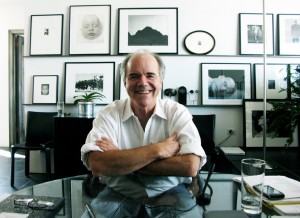

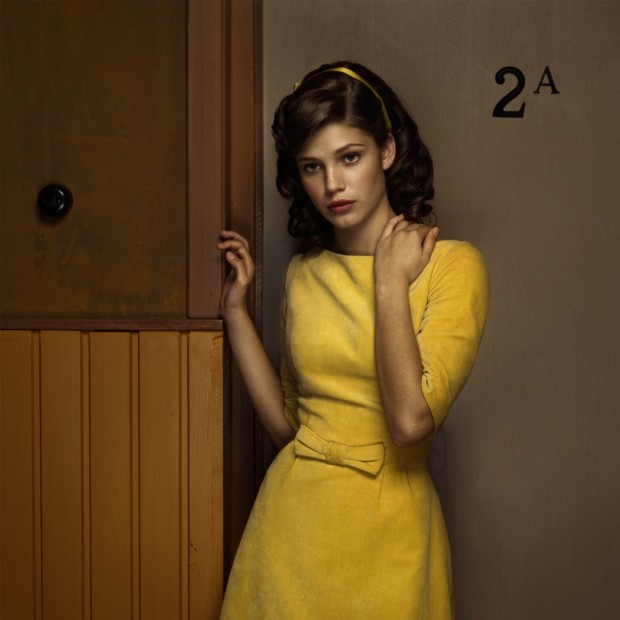

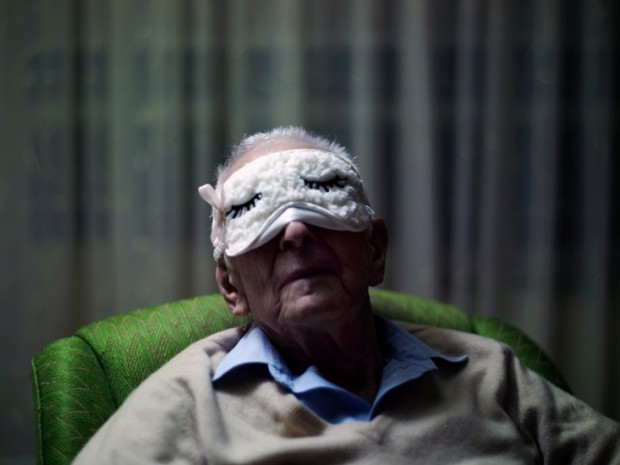
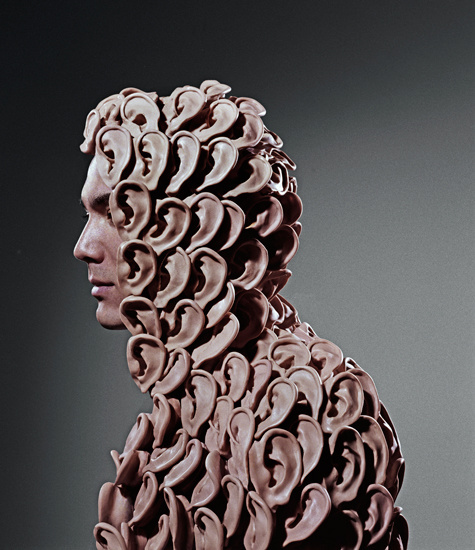
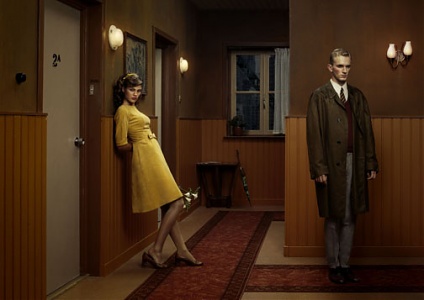







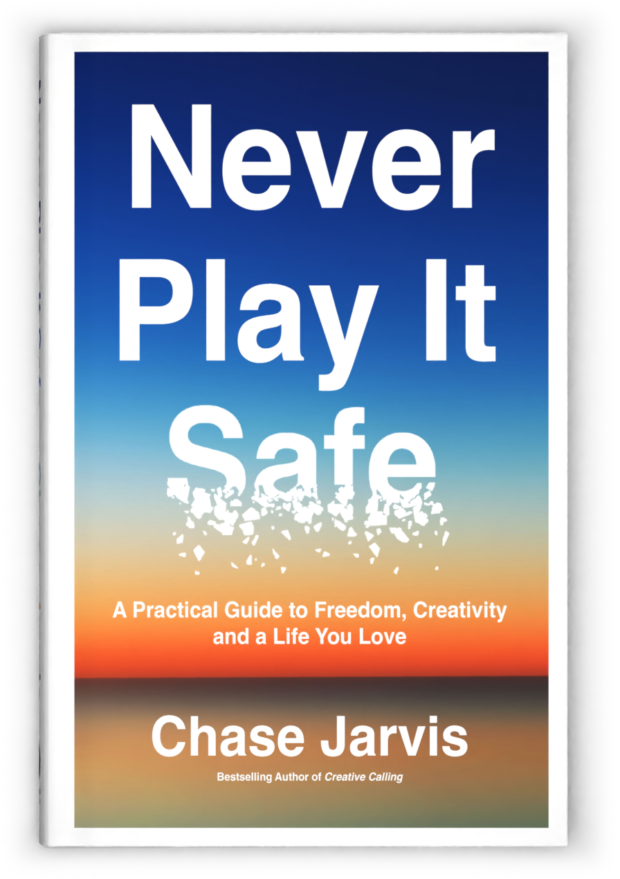








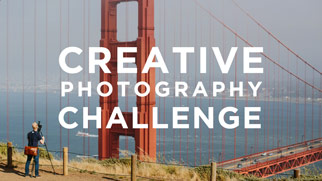
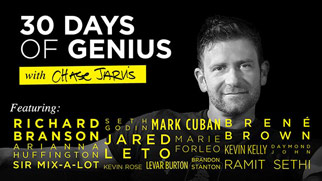
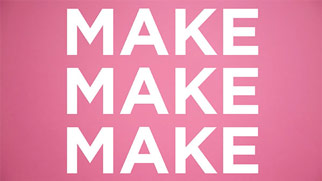



Great Stuff! Thank You for sharing!
The article and the interview & photographs explain why photography is considered the art form of the second rate ..
Really? #1, Be Talented?
Great to see the work of fellow Dutchman Erwin Olaf! The sets shown in these pictures are being exhibited in the NAI Museum in Rotterdam. I even got the opportunity to take some photographs with my analog Yashica Medium Format myself 🙂 https://www.flickr.com/photos/vinnym8/13347725493/in/set-72157633185636916